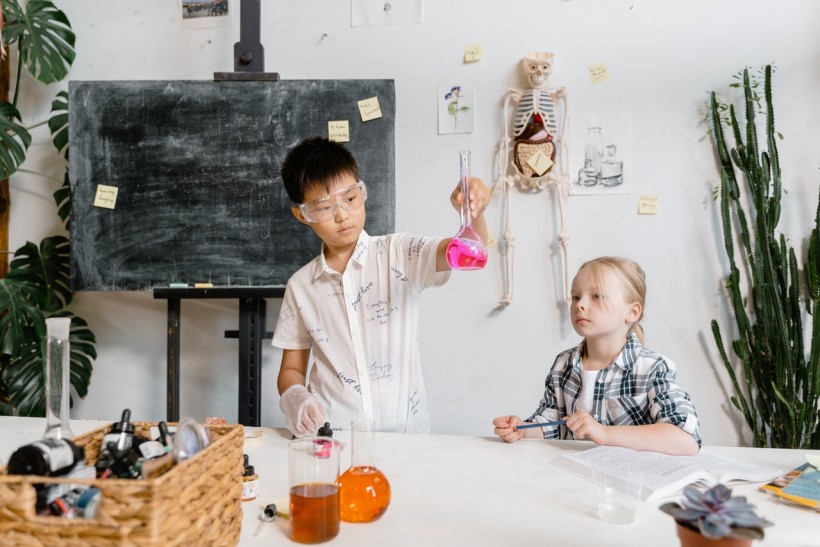Science is a way of life. It is a way of looking at the world through an investigative lens. For years Science was pigeon holed as a school subject. It occurred in one classroom and stopped as soon as you walked out. This approach to science is dated and in many schools and curricula has been replaced by interactive experiences, models, conversations and real world research. It models the workplaces of astrophysicists, engineers, and biologists. This hands-on, immersive learning is proven to be vastly more effective than traditional textbook learning. So how can you get your student involved in real world science? Put the scientific method into action by experimentation.
Experimenting is the backbone of scientific professions. Asking questions, testing and analyzing help us to move forward. Whether that comes from building the latest rocket ship or developing life saving vaccines, experimentation is a part of the journey. We are going to take a look at some of the top science experiments you can do at home right now, and what to do if you're short on supplies.
Baking Soda Experiments
(Photo : Kids Academy)
There is no replacement for hands-on experimentation. You will be amazed at the excitement students get from being trusted to handle materials, mix substances and work like scientists. When dealing with children safety is always a concern so we are going to start with baking soda experiments. These experiments take an inert white powder and unleash the chemical energy stored within. They are a great introduction to science experiments and pack a big wow factor for students. Baking soda is a common household item and one students have probably seen around. Little did they know its unique chemical properties allow it to bubble up, pop corks and douse fire. Most of the experiments can be done entirely by students and careful measurement is not a major concern. The reactions are almost guaranteed every time and can produce varying results each time. The materials involved in these experiments are relatively easy to clean and mostly harmless to little hands. Overall these experiments can turn a rainy day into a young scientist's dream laboratory.
Matter
(Photo : Kids Academy)
If you are ready to start diving deep into science, this combination of lessons, worksheets, videos and experiments will deliver the total package. Starting with this lesson and worksheets on the three types of matter will allow young scientists to view their everyday world in a new way. Once they have begun grasping these new concepts you can move on to the matter video which will reinforce these concepts and introduce them to changing matter from one state to another. The video also includes some demonstrations you can do at home, with tasty results! Now it's time to put those newly learned lessons to the test. The experiments outlined in this article will have students making DIY ice cream, slime and ice that appears from nowhere. Some of these experiments require more materials than others.
Science Lessons in Your Pocket
What about when you're on the go or missing some materials? Don't stop the learning. Students can expand on learned ideas. Kids Academy offers a wide range of science worksheets for all the topics covered in their lessons. Worksheets can be completed online through their interactive website or printed out and brought with you wherever your little scientist goes. The worksheets range from basic matching to more complex skills like interpreting graphs and data.
Science should be an experience for young learners. It should be taught as a way to look at new things and try to discover the complexities of the world around us. There is no better way for students to grasp the excitement of science and the lifelong lessons of trial and error than through simple at home experimentation.
* This is a contributed article and this content does not necessarily represent the views of sciencetimes.com















